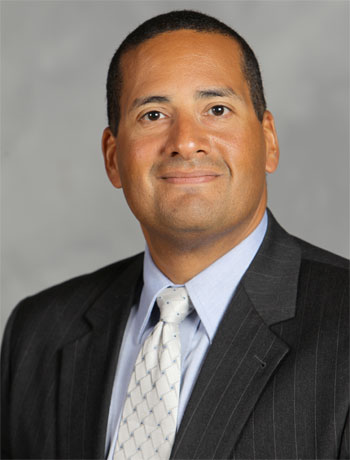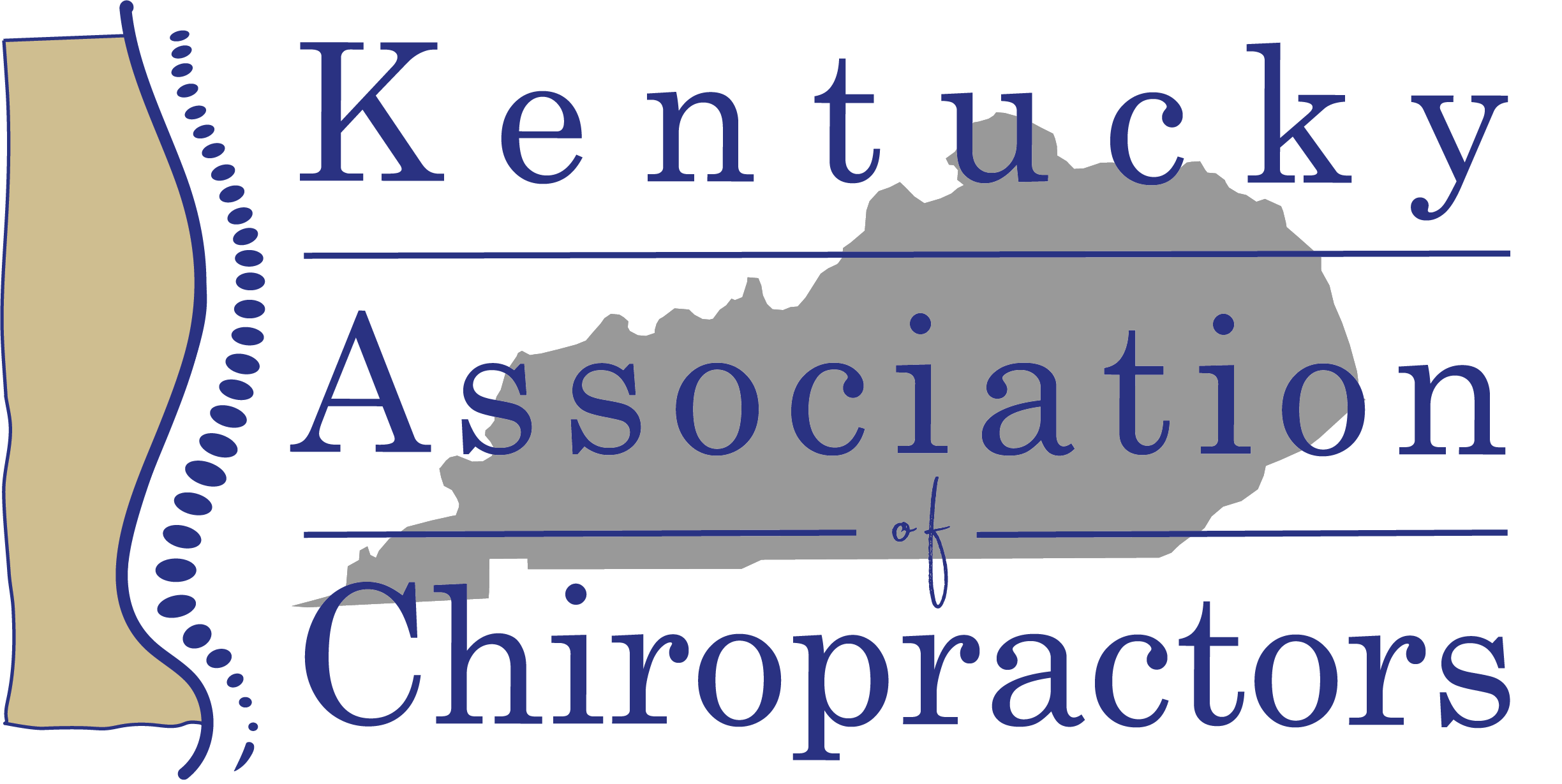Recently, I spent an afternoon with a client, a licensed chiropractor, in front of his state board of examiners regarding a complaint from a Medicare patient. This was an interesting meeting for me, as I have spent the better part of the last 20 years begging chiropractors to pay attention to the significant requirements that CMS (Centers for Medicare and Medicaid Services) puts on our profession.
In this case, there was a total misunderstanding over how much Medicare would be billed and how much the patient would be responsible for. But that was not the only question that the board raised. The board wanted to know about limiting charges, the doctor’s status as a par or non-par provider, if an ABN (Advance Beneficiary Notice of Non-Coverage) was executed and how often was Medicare actually billed. The good news is that the doctor in question had done everything correctly and this was an open and shut case. But, there are still lessons to be learned here.
First, please make sure your Medicare patients plainly know that they are fully responsible for “excluded” services (exams, therapies, x-rays). This one issue alone can cause a Medicare patient to call the board and, as we all probably understand, any complaint must be totally and completely investigated to include the entire file and not just billing practices!
If you have just one fee schedule that everyone gets billed, make certain that your Medicare patients understand they will get a write off due to “contractual obligation” as stated on the EOB (Explanation of Benefits). This process of having one fee schedule for all patients is totally fine, but not following Medicare’s limiting charge for 98940, 98941, and 98942 is something that can easily cause a complaint. Just because Medicare’s fees don’t cover the true cost of even seeing the patient in your office doesn’t mean you can charge the difference.
That leads to the next part of the board investigation, which was the inducement issue. In my time speaking across the country, I’ve heard people tell me they have called their local Medicare carrier and were told it’s okay to offer free services to Medicare patients. Following this type of advice is dangerous when compared to CMS and the OIG’s (Office of Inspector General) written policy. In short, minus the patient having a financial hardship, they are incorrect and the boards know this.
So, that means that even if your local carrier is not going to bother you, your state board will. But, the next argument is that your state board allows for you to advertise free exams and x-rays. I understand this, and so did this board. This state board even said out loud that they don’t discourage a doctor from offering free exams and x-rays, with the exception of Federal beneficiaries. Why? This is because the Federal Law that makes inducement illegal supersedes your state board’s authority to allow free services to Federal beneficiaries.
The last point is that there is NO escape as a chiropractor from Medicare’s requirements. Until there is opt-out policy that applies to doctors of chiropractic, we are required to follow the OIG’s rules on gifts and inducements.
The more you understand CMS requirements, and how to adhere to them in your practice, the better you’ll be at managing your risk and avoiding run-ins with your state board.
About the Author

Dr. Davila graduated from Palmer College of Chiropractic and then ran 3 successful practices in South Carolina. Since 2000, Dr. Davila has been training doctors and staff on federal and state insurance compliance as well as working with several chiropractor colleges to improve compliance education. He is considered a foremost expert and has consulted for Axis Healthcare, Blue Cross Blue Shield of South Carolina, American Specialty Health Network, Colonial Life, and others. He also served on the American Chiropractic Association’s Medicare Advisory and Blue Cross Blue Shield Blue CHIP Committees.





